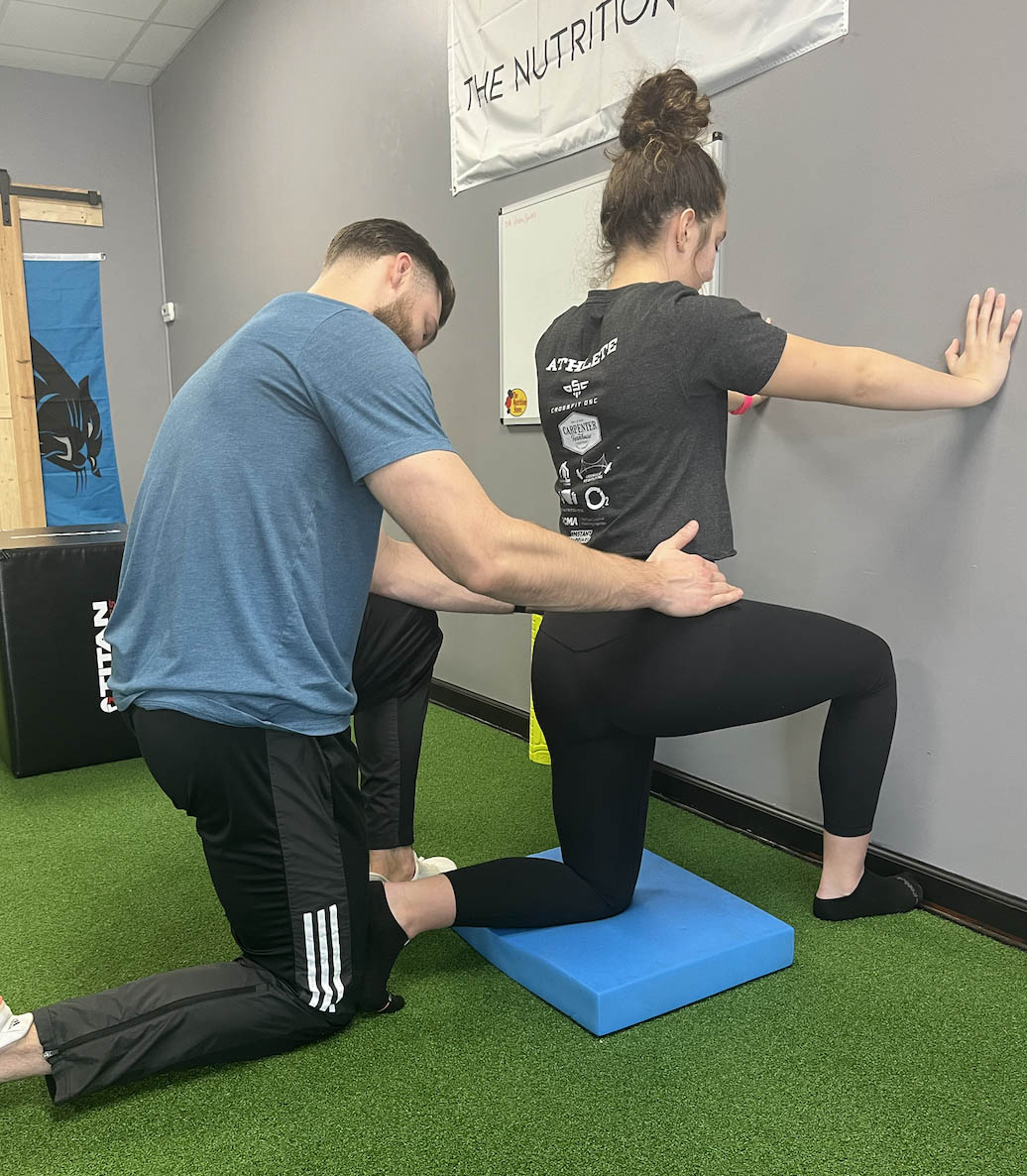Introduction:
The pelvic floor is a critical part of the human body, yet it often remains a mystery to many. A specialized branch of physical therapy, known as pelvic floor physical therapy, is dedicated to addressing issues related to the pelvic floor. In this blog, we will delve into what a pelvic floor physical therapist does, common problems they treat, and how they can help individuals dealing with incontinence, leaking while jumping, or running. Let’s explore the world of pelvic floor physical therapy and shed light on these essential aspects.
What is a Pelvic Floor Physical Therapist?
A pelvic floor physical therapist is a licensed healthcare professional with specialized training in evaluating and treating conditions related to the pelvic floor. The pelvic floor refers to a group of muscles, ligaments, and connective tissues located at the base of the pelvis, supporting key organs such as the bladder, uterus, and rectum. Pelvic floor physical therapists are experts in understanding the intricate functions of these muscles and how they impact various bodily functions.
Common Problems Treated by Pelvic Floor Physical Therapists:

1. Incontinence:
Incontinence is a widespread issue, especially among women, but it can affect men and women. Pelvic floor physical therapists can help diagnose and treat various types of incontinence, including:
- Stress Incontinence: This condition is characterized by urine leakage during activities like coughing, sneezing, laughing, or lifting heavy objects. It occurs when the pelvic floor muscles and tissues are weakened.
- Urge Incontinence: Individuals with urge incontinence experience a strong and sudden need to urinate, often followed by involuntary leakage. This may be due to an overactive bladder or other underlying factors.
2. Leaking:
Leaking, or urinary incontinence, is a common problem, particularly among older adults and women who have given birth. Pelvic floor physical therapists can help address the underlying causes, such as muscle weakness or dysfunction, and provide personalized exercises and strategies to regain control.
3. Leaking While Jumping:
Leaking while jumping, also known as stress incontinence, can be a distressing issue for those who enjoy physical activities. Pelvic floor physical therapists can work with individuals to strengthen their pelvic floor muscles, improve support to the bladder, and reduce leakage while jumping or engaging in high-impact sports.
4. Leaking While Running:
Running is a high-impact activity that can exacerbate pelvic floor issues in some individuals. Runners experiencing leakage while running can seek help from pelvic floor physical therapists to understand the root causes and develop a tailored plan for improvement.
How Pelvic Floor Physical Therapy Helps:

Pelvic floor physical therapy is a non-invasive and conservative approach to managing pelvic floor issues. Here’s how it can help:
1. Evaluation:
A pelvic floor physical therapist conducts a comprehensive assessment to identify the specific issues affecting an individual. This may include a review of medical history, a physical examination, and, in some cases, the use of specialized tools like biofeedback.
2. Customized Treatment Plans:
Based on the evaluation, the therapist designs a personalized treatment plan that may include a combination of exercises, stretches, manual therapy, and lifestyle modifications to target the root causes of the problem.
3. Education:
Patients are educated about their condition, the pelvic floor, and the role of muscle function in maintaining continence. Therapists teach strategies to improve bladder control and reduce symptoms.
4. Monitoring Progress:
Regular follow-up appointments allow the therapist to monitor the patient’s progress and make necessary adjustments to the treatment plan as needed.
Conclusion:
Pelvic floor physical therapists play a vital role in helping individuals regain control and improve their quality of life by addressing common issues such as incontinence, leaking while peeing, jumping, or running. Through their specialized training, these professionals offer customized treatment plans, education, and support, empowering patients to strengthen their pelvic floor muscles and reduce or eliminate these distressing symptoms. If you or someone you know is facing pelvic floor issues, consider seeking the expertise of a pelvic floor physical therapist to embark on a path to improved pelvic health.


